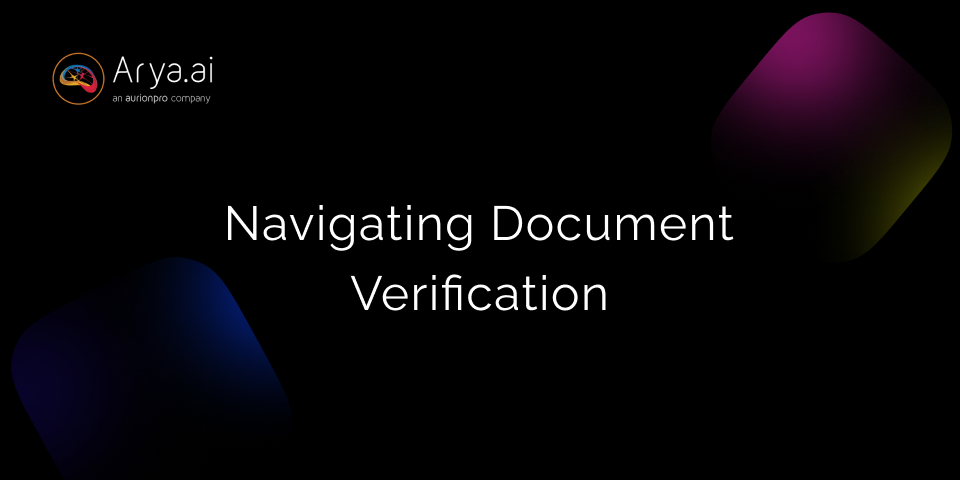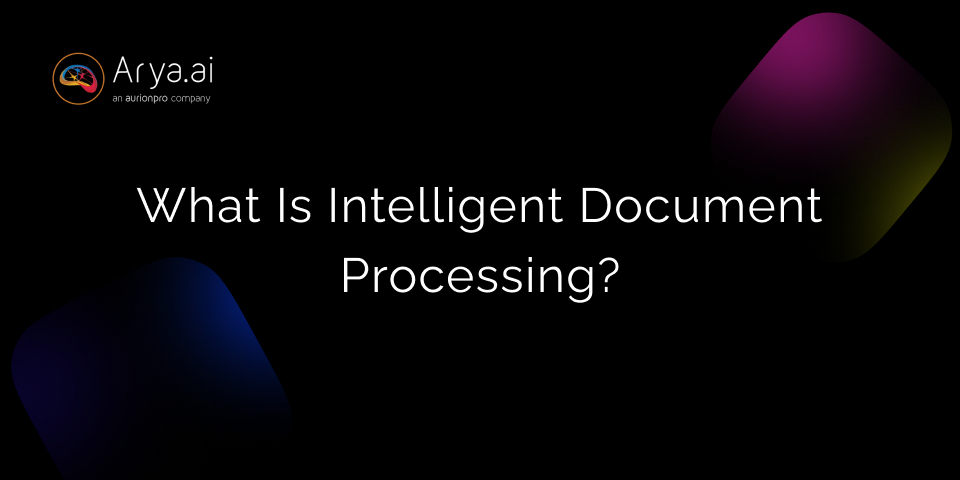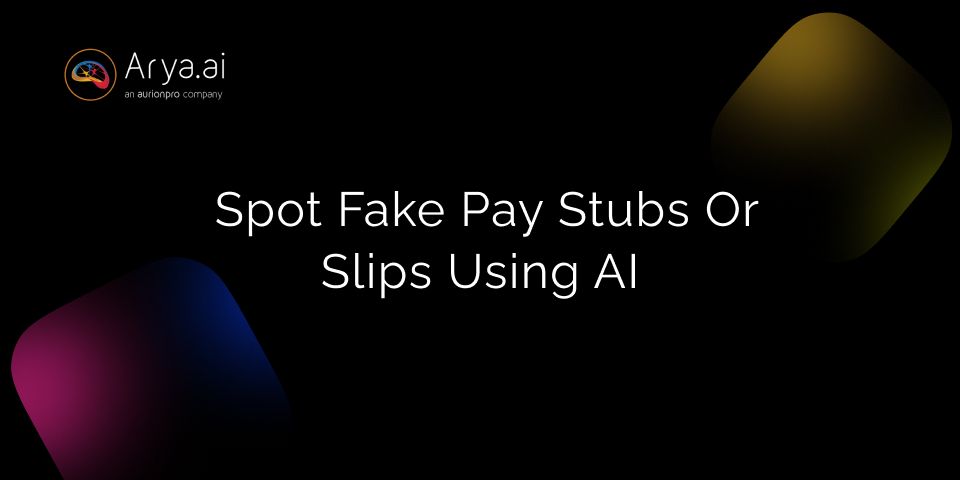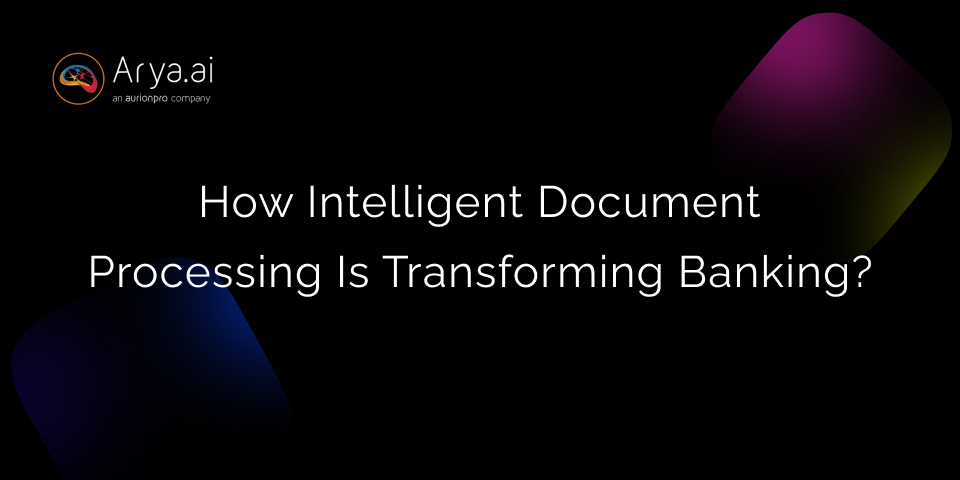Document verification has been present since time immemorial. From a simple ID check to enter establishments serving alcohol to electronic identity cards for complex financial transactions, document verification has evolved significantly over the years.
You may recall a scene from the famous Hollywood comedy movie ‘Superbad’ where a teenager, in a bid to buy liquor for a party, creates a fake driving license with the name ‘McLovin’ While the act and the movie got rave reviews for its humor, document forgery or identity theft is no laughing matter. The scene highlights the importance of document verification, especially in today’s world, where the advent and rapid proliferation of AI (artificial intelligence) has brought rising cases of deepfake videos, identity thefts, document forgery, and so on.
While we need to understand what to do to navigate these challenges, let’s start by understanding the document verification process and its importance.
Document Verification - What is it?
Document verification is the process of ensuring the authenticity of documents to ensure they are not forged and that they meet the required standards or criteria. It helps prevent fraud and establish trust and authenticity.
Document Verification Process - How does it work?
Considering the sensitive nature of data on most documents, document verification needs to follow a comprehensive step-by-step process to ensure their authenticity and validity.
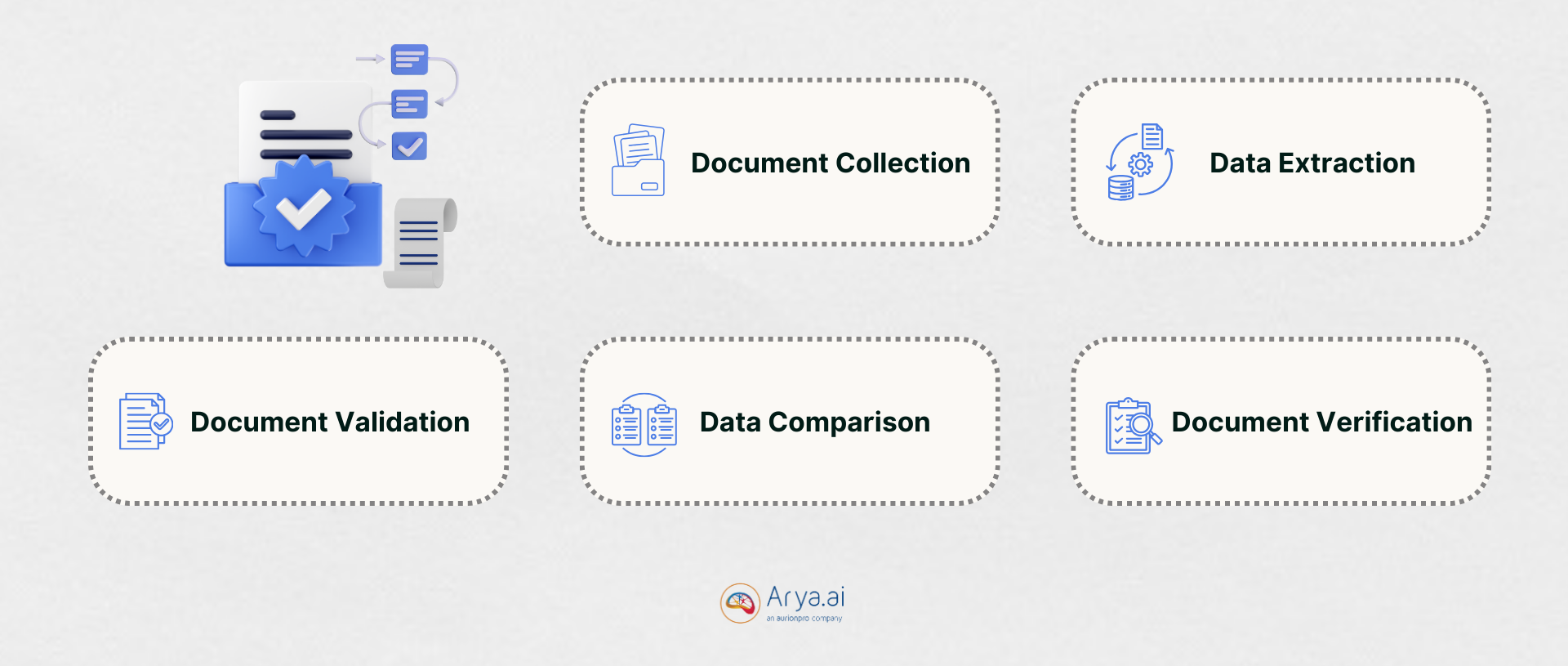
While many follow their processes and order, each document verification process needs to follow specific key steps, namely:
1. Document Collection
The process begins with collecting the documents to be verified. The documents could belong to an individual, such as identification proof, bank statements, etc., or an organization, which could range from financial documents to government-issued certificates or other paperwork.
Document collection can be done physically or digitally through mobile applications or web platforms.
2. Data Extraction
Data extraction is a key factor in verifying digital copies of documents. Once the documents are collected, relevant data can be extracted through a technology called Optical Character Recognition (OCR) technology, which converts images into machine-readable text. A more advanced system of OCRs would also be able to recognize patterns and capture information from different document types.
3. Document Validation
The validation process begins once the document has been received and data extracted from it. A series of stringent checks need to be conducted to ensure that the claim of the document is genuine and it is not forged. This process includes ensuring the document is complete, it is not forged, and the data is clear.
4. Data Comparison
On many occasions, customers or companies would provide information prior to or during the process of document verification. This is compared with data extracted from the documents to ensure validity and authenticity. Red flags are raised in case of any major discrepancies and depending on its severity, might require further investigation by authorities.
5. Final Document Verification
The final step in the document verification process involves a review of the analyzed and gathered data to confirm the document's authenticity. This review can be automated or done manually or a process including both by trained professionals. The approval or rejection of the document is based on this final assessment.
In specific cases, additional checks may be required on an ad-hoc basis, such as:
- Facial Recognition: The process to compare a user’s photo with the photo on their document. This becomes important in cases where documents are uploaded digitally and need to be verified.
- Liveness Detection: This ensures that the user submitting the documents is physically present and not using a pseudo presence or using tools to forge identity. It is primarily used for digital applications in the field of banking and finance.
Importance of Document Verification - Why is it necessary?
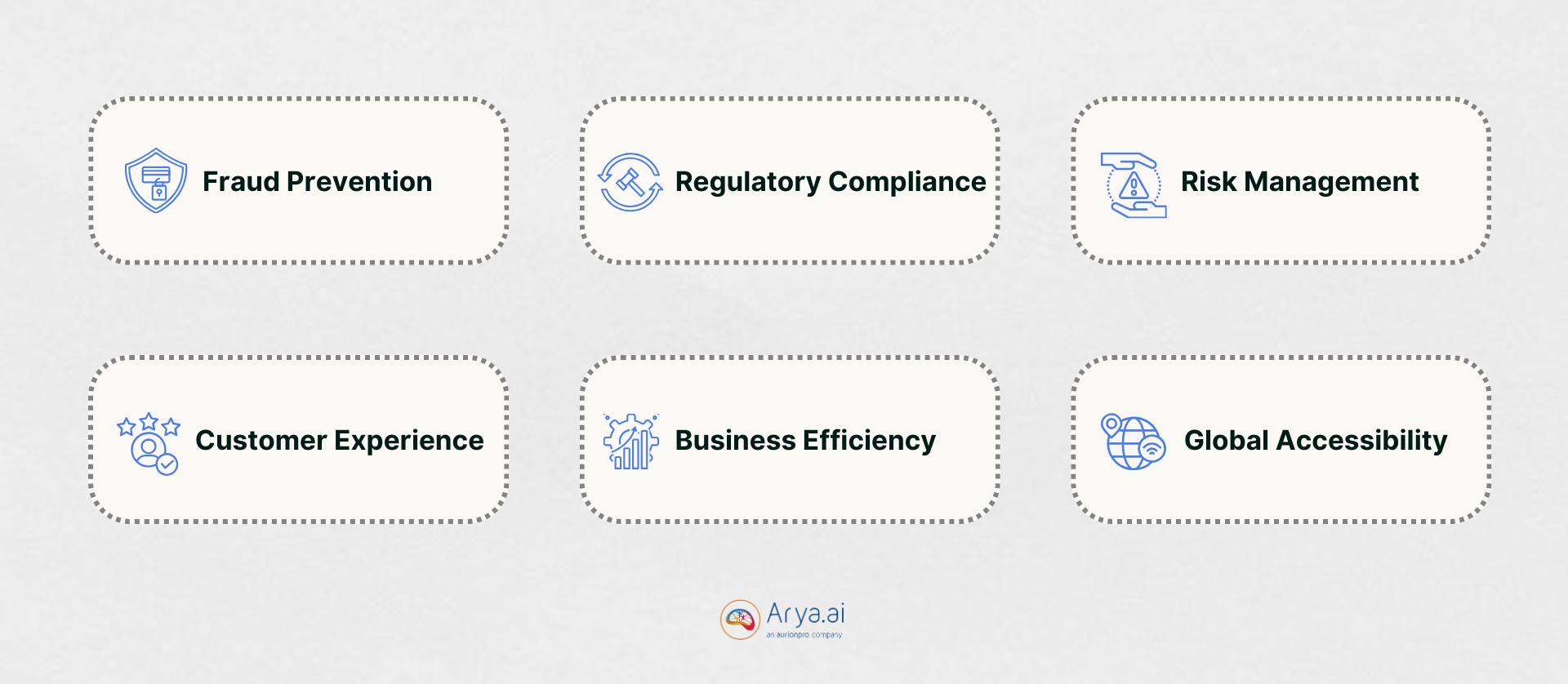
Document verification is one of the most basic tasks undergone by organizations as well as individuals. It is crucial for several key reasons:
1. Fraud Prevention
The single biggest reason for document verification is to provide a barrier against fraudulent activities. It helps in detecting forged documents, preventing identity theft, reduces risk of sensitive data being leaked, mitigating financial losses, etc.
2. Regulatory Compliance
Document verification is one of the first steps that organizations undergo in order to ensure authenticated use of their products and/or services. Businesses use document verification to identify their customers (KYCs), adhere to anti-money laundering regulations, maintain compliance with industry-specific or nation-specific standards.
3. Security and Risk Management
For organizations, specifically, document verification helps in validating legitimacy of transactions, reducing operational risks, protecting businesses from financial losses, authentication of individuals, etc.
4. Customer Trust and Experience
Even the implementation of a simple document verification process increases confidence among its users regarding its safety and commitment to safeguarding its customers’ interests. It further drives increased customer trust and satisfaction.
5. Business Efficiency
In large organizations, digital document verification helps them to scale their verification solutions, reduce manual effort required, freeing up employees’ bandwidth, and speed up the onboarding processes.
6. Global Accessibility
Gone are the days when a physical presence was required for document submission and verification. Digital document verification technologies help with conducting remote document checks and opening up state and country borders for businesses by facilitating international customer interactions.
Document Verification for Banks, Insurers, and Financial Service
While document verification has found its application across nearly every industry, it plays a pivotal role in the fields of such as finance, legal, healthcare, and government. Owing to the nature of the industries, the process forms the backbone for banks, insurance companies, and financial services.
Banks verify customers’ identities when they open new accounts, borrow money, make large financial transactions, etc. Insurance companies require a sophisticated document verification system to avoid identity theft, scams and fraudulent claims.
Document verification is the cornerstone of the anti-money laundering procedure in financial service organizations and helps safeguard their sensitive data and finances.
Types of Document Verification
The document verification process is of several types, all working towards the same goal of preventing frauds and ensuring genuine documents, but it can be widely divided into two main categories:
- Manual Verification - A traditional method involving the presence of a human reviewer inspecting the physical or digital documents manually.
- Automated Digital Verification - This approach uses software to scan, read, extract, and verify documents without requiring an individual to conduct checks.
Understanding Digital Document Verification
As mentioned above, digital document verification is the process of verifying if the documents are genuine or counterfeit using algorithms or software or tools.
Key benefits of digital document verification
Let’s examine how automating the entire process could be beneficial.
- Increased Efficiency: Automated processes are much faster than manual verification
- Enhanced Accuracy: AI-powered systems reduce human error in document analysis
- Scalability: Digital systems can handle large volumes in a short amount of type
- Increased Geographies: Users can complete verification remotely and quickly
- Enhanced Customer Experience: Ease of process for users leads to higher customer satisfaction
- Cost-Effectiveness: Reduced labor costs associated with manual verification
Challenges to digital document verification
Despite its obvious benefits, some challenges are faced by digitizing the document verification process. Here are the major ones:
- Regular Updation Required on New Fraud Techniques: Systems may take time to adapt and identify new fraud or forgery continuously being developed by fraudsters
- Security and Data Privacy Concerns: Handling sensitive personal information requires robust security measures
- Regulatory Compliance: Different regions are governed by different laws, and ensuring all requirements are met across multiple regions could lead to a compliance nightmare
- Technical Limitations: The accuracy of the process could be impacted by low-quality documents or manual scans
Various applications of digital document verification
Leveraging digital document verification can help organizations to streamline their processes, enhance security, and improve compliance for their customers.
Here are a few examples of industries that streamline its document verification processes through digital means:
- Financial Services: For KYC (Know Your Customer), KYB (Know Your Business), and AML (Anti-Money Laundering) compliance.
- Healthcare: To verify patient identities and insurance information
- E-commerce: For fraud prevention, age verification, and data security
- Travel and Hospitality: To authenticate travel documents
- Human Resources: For background checks and employment verification
Arya AI for Document Verification
Arya AI’s intelligent document processing solutions are tailor-made for the financial industry, specifically to tackle the problem of document fraud. We leverage tools such as Artificial Intelligence (AI), Optical Character Recognition (OCR), and Natural Language Processing (NLP) to extract, interpret, and validate information from documents.
Our partners have experienced 40% faster turnaround times and a reduction of document frauds by 85% after implementing Arya AI’s solutions.

